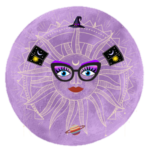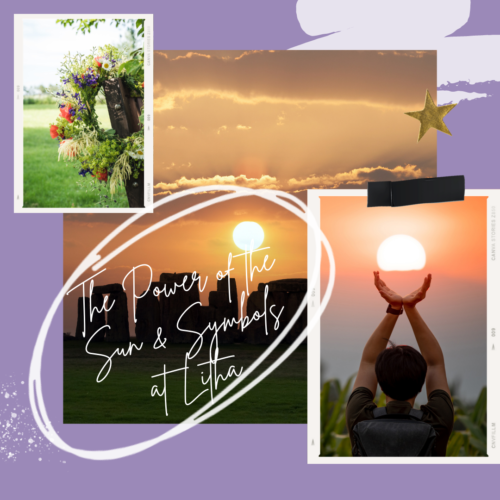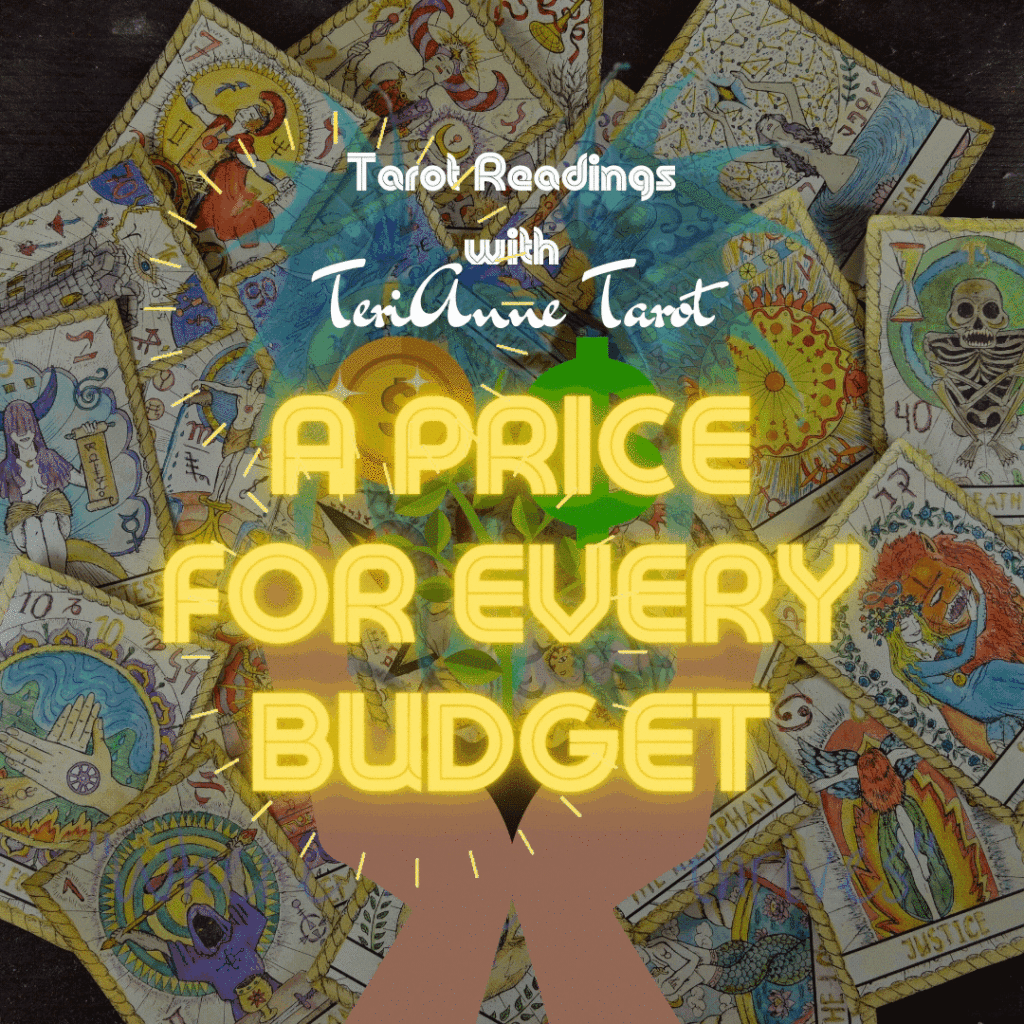Did you know that the swastika was once a symbol of the Sun, peace, and well-being before it was corrupted...
The strength and power of the Sun is important to acknowledge at Litha. But did you know the swastika was once associated with it, too? (Read about the swastika below.) Litha means different things to different people (you can learn more about this sabbat here). As such, there are different views and beliefs on how it should be celebrated.
First, let’s get your altar ready.

Setting up the Altar for Litha
An altar is a personal sacred space — a reflection and celebration of your beliefs. There is no right or wrong way, regardless of what you may have read or been told. Don’t worry that you’ll be thought of as different if you like to do things differently. How you choose to decorate your altar is totally up to you and what makes you happy.
As it’s the time when the Sun is at its most powerful, it’s common to use flowers, like the Sunflower. Here are various outlooks that may help you determine how you’d like to decorate your own altar.
- Midsummer is the time when the Sun is at its most powerful, and is the longest day of the year.
- Midsummer is the time of great light; it’s not associated with any single deity. The nights are shorter as the Suns’ strength increases, which lengthens the days.
- Litha is a Saxon word meaning ‘light’. This fits perfectly with the energy of this time of year. Light is prevalent and the dominant energy.
- Midsummer celebrates the ‘God’ or masculine energy, and it means that men have more success and luck with spells during this time, as their energy is intensified by the Sun.
- Midsummer has strong associations with fire, even though Litha is not one of the “Fire” festivals.
- Midsummer is a time of empowerment and purification.
- Midsummer is a time for people with like minds to gather together and share stories, ideas, and the bounty of the time of year.
- Midsummer is the time of the year where the Oak King and Holly King battle for supremacy.
The Wicca Bible describes Litha as, “…the festival of Litha carries within itself a paradox; the moment we celebrate the Sun’s power at their greatest is the very moment where those powers begin to wane” and “…our festivals are fleeting instants of stillness on the wheel of change…” [The Wicca Bible – Ann Marie Gallagher page 68-69].

Power of the Sun
The Summer Solstice is the time of power for the Sun, but it is also the day where the Suns’ power will begin to wane each day. It is a time when the Sun stands still, its power at its highest. These days we tend to focus on the day of the solstice, but in times past the festival would last days — even weeks — rather than just 24-hours.
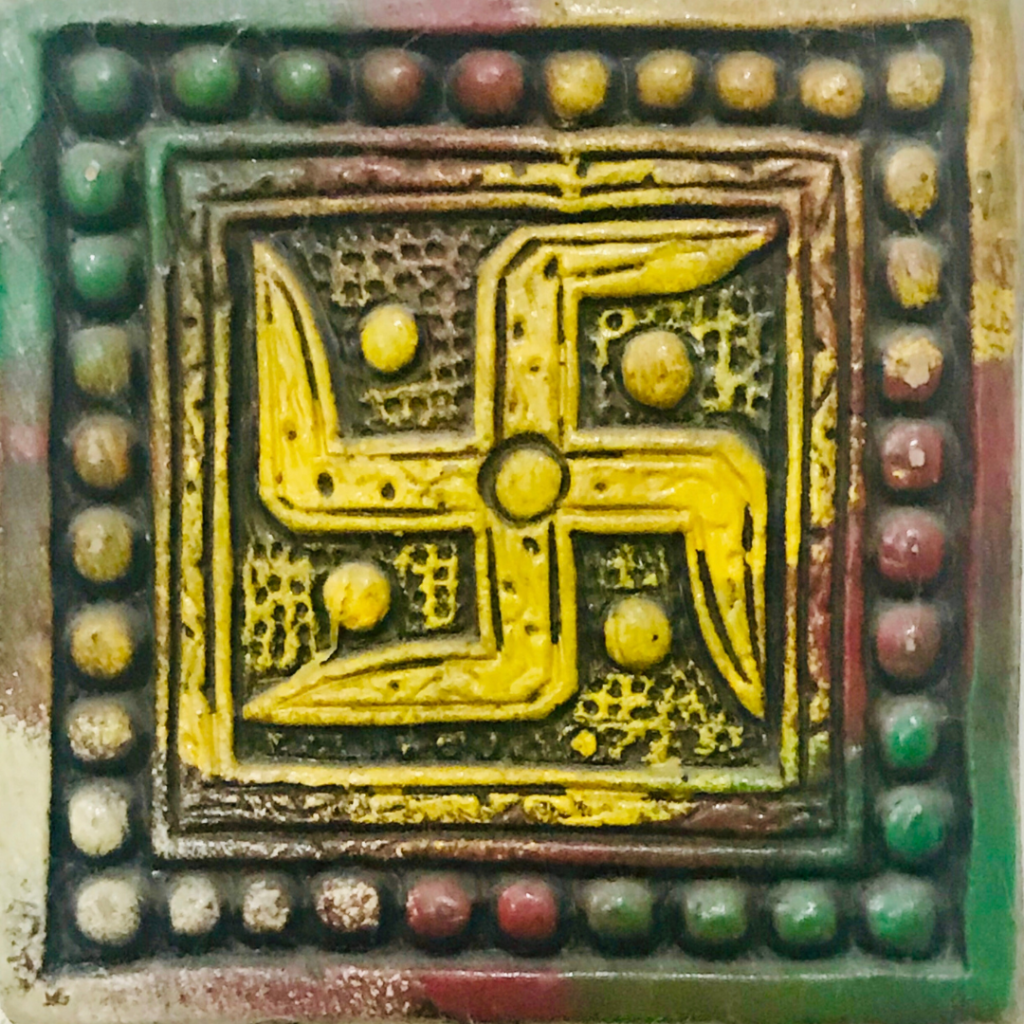
The Swastika
Believe it or not, this is one of the most contested and misunderstood symbols that is connected to Litha and the Summer Solstice. Before Adolf Hitler perverted its meaning, this was a symbol of the Sun. Because of Hitler’s exploitation, it’s now known as one of the most hated symbols in the world, representing slaughter, murder and the torture of millions. Adolf Hitler took a symbol of peace and well-being, and corrupted it into something it was never meant to be.
It’s deeper meaning signifies “Permanent Victory”. Today’s Buddhists and Hindu’s believe it’s a powerful symbol that can be seen on the covers of books, in temples, and in public transport.
The first swastikas were reported to have been found in the Ukraine on an ivory figurine approximately 12,000 years old. It’s been used by the Celts, the Nordic people, early Christians and the Druids. It’s also been found in the remains of the ancient city of Troy, and is known by many names:
- The “Wan” in China
- The “Manji” in Japan
- The “Fylfot” in England
- The “Hakenkreuz” in Germany
- The “Tetraskelion” or “Tetragammadoin” in Greece.
- The Phoenix and The Triskelion
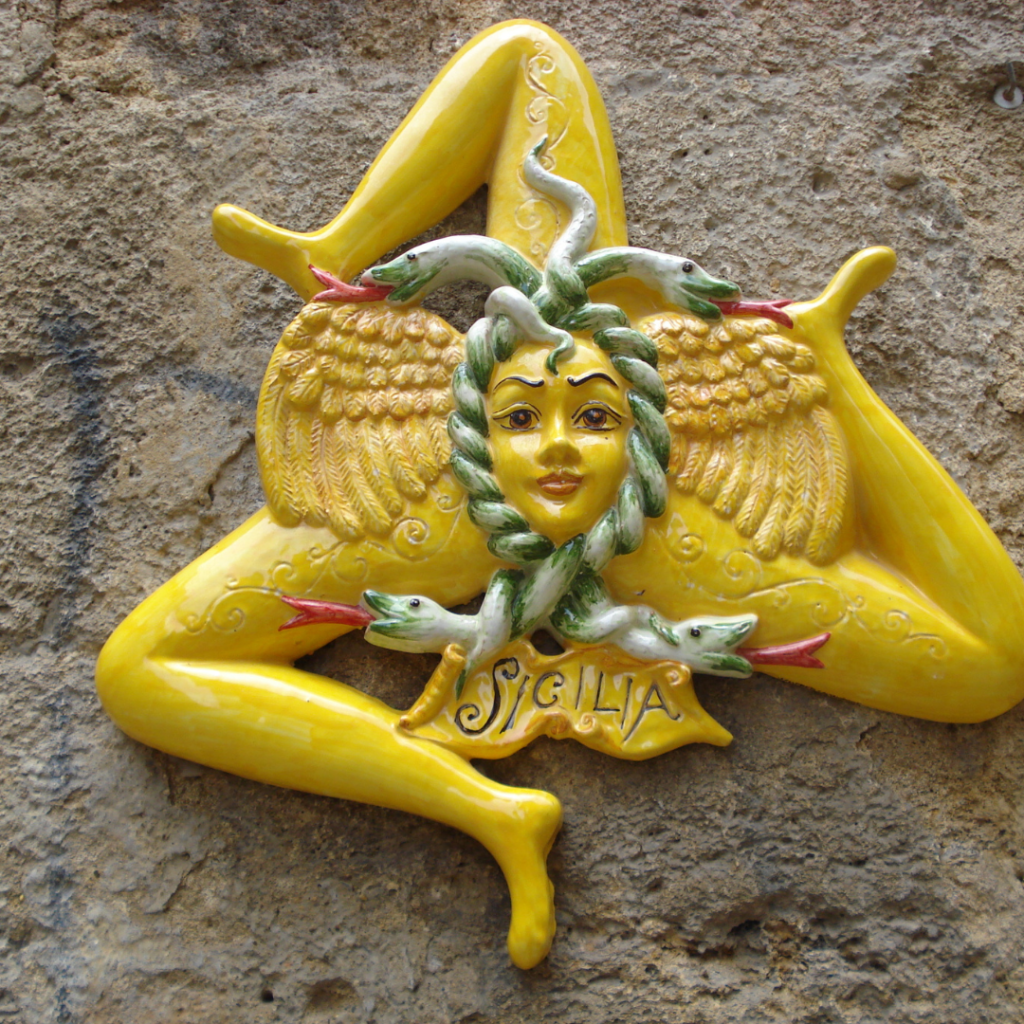
Other Symbols
Other symbols used to represent the Sun, or associated with the Sun, are the Phoenix and the Triskelion. The Triskelion comes from the Greek word meaning ‘three legs’, and has been used in many different cultures. It’s depicted as three branches/legs or interlocking spirals which all face the same way.
The Triskele has been used for millennia, its symbolic meaning changing over the years. The Celts have used it as a symbol of the Sun, and the solar energy of the Triskelion represents the three stages of the Sun — Sunrise, the zenith, and Sunset. It’s also seen as a symbol of life, the passage of time, the three stages of life, the triple goddess’ phases, and the three worlds — world of the living, world of the dead, and the world of the spirit.
The Phoenix is another symbol that has been associated with the worship of the Sun. In Ancient Egypt, the Phoenix was a red and gold bird with wondrous plumage. It would build a nest of sweet-smelling boughs and set it on fire. This nest would then become the Phoenix’s funeral pyre.
The Egyptians believed that only one Phoenix could live at a time, and they lived for over 500 years. As the Phoenix neared the end of its life it would prepare a pyre, set it aflame, and be consumed by the fire. Once the fire died, a new Phoenix would emerge from the ashes. It would carry the ashes from which it sprang to Heliopolis — which means City of the Sun. There, it would deposit the ashes onto an altar to the Sun God, Ra. It’s this connection to the Sun God that has linked the association of the Phoenix and the Sun.
The celebrating is over when the Sun begins to fade and eventually retire to regain its strength for the next year. This isn’t a time for sadness, but of taking pleasure in the cycle of nature and the changing seasons.
Be magickal, y’all!
